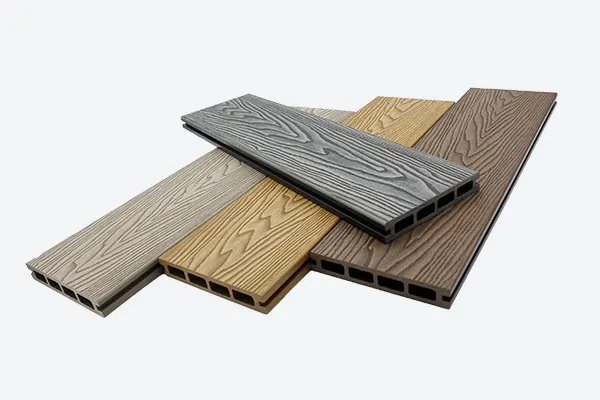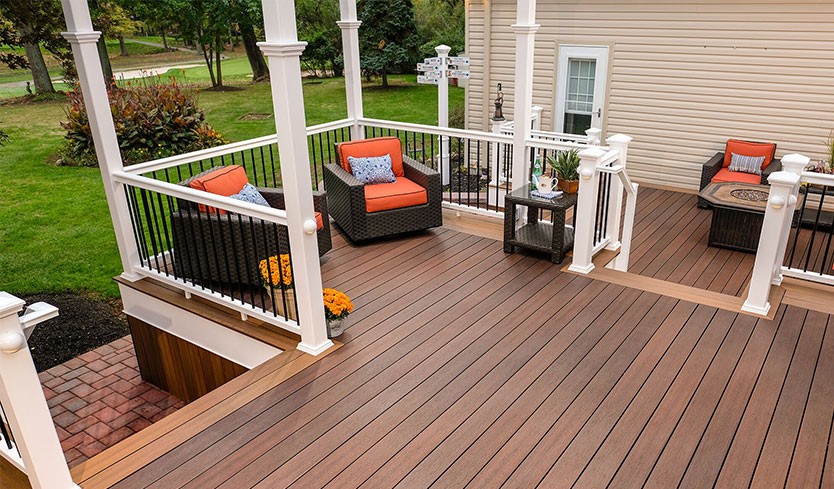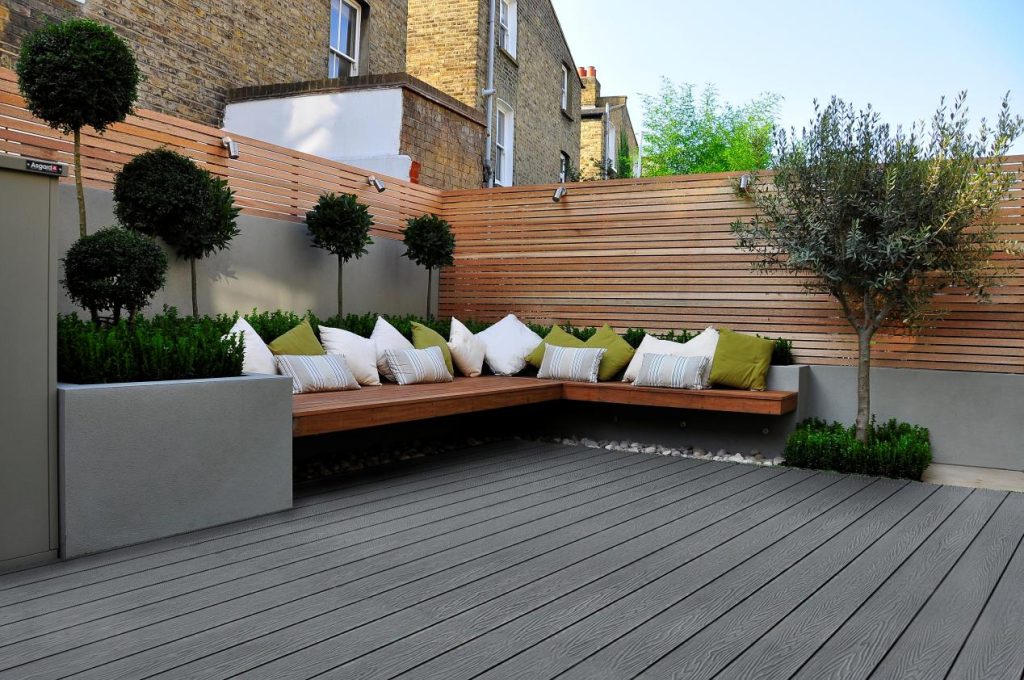When homeowners start exploring outdoor decking options, two names often come up in their research: duralife composite decking and 3D embossed WPC decking. Both are engineered to provide a modern, low-maintenance alternative to traditional wood decks. Yet, while they share a similar purpose, they differ significantly in design, texture, durability, and overall appearance. If you are planning to build or renovate your outdoor living space, it’s important to understand the strengths and differences of each material. This guide will help you compare duralife decking and 3D embossed WPC decking, so you can make an informed decision that fits your budget, style, and lifestyle.
Table of Contents
Understanding Composite Decking
Before diving into specific comparisons, let’s first understand what composite decking is.
Composite decking is made from a blend of wood fibers (such as sawdust) and recycled plastics. The mixture is heated, molded, and shaped into planks that resemble natural wood but resist common issues like rot, splintering, and insect damage. Over the years, technology has improved composite boards significantly — today’s products look more realistic and last much longer than earlier versions.
Duralife composite decking is one example of this technology. It’s known for its mix of recycled content, protective capping, and resistance to weather and fading. On the other hand, 3D embossed WPC decking takes composite technology one step further by adding a deeply textured surface that mimics the natural grain and feel of real wood.
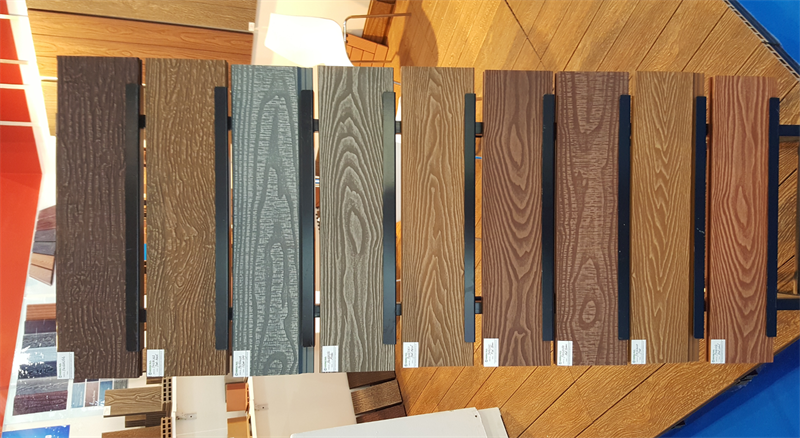
What is DuraLife Composite Decking?
Duralife composite decking refers to a type of composite deck board that typically combines recycled hardwood fibers and polyethylene plastics. It’s designed for homeowners who want a natural wood appearance with minimal maintenance.
The surface of duralife decking is usually capped with a durable polymer shell that resists stains, moisture, and fading. These boards often come in a variety of solid colors and wood-inspired tones, offering a consistent, uniform finish across the deck.
Key Characteristics:
Made from a mix of wood fibers and plastic
Co-extruded protective outer layer
Available in several color options
Resistant to rot, mold, and splinters
Requires minimal upkeep (simple cleaning a few times a year)
For many homeowners, duralife composite decking offers a balance between aesthetics and practicality. It looks neat, lasts many years, and doesn’t require the staining or sealing that natural wood does.
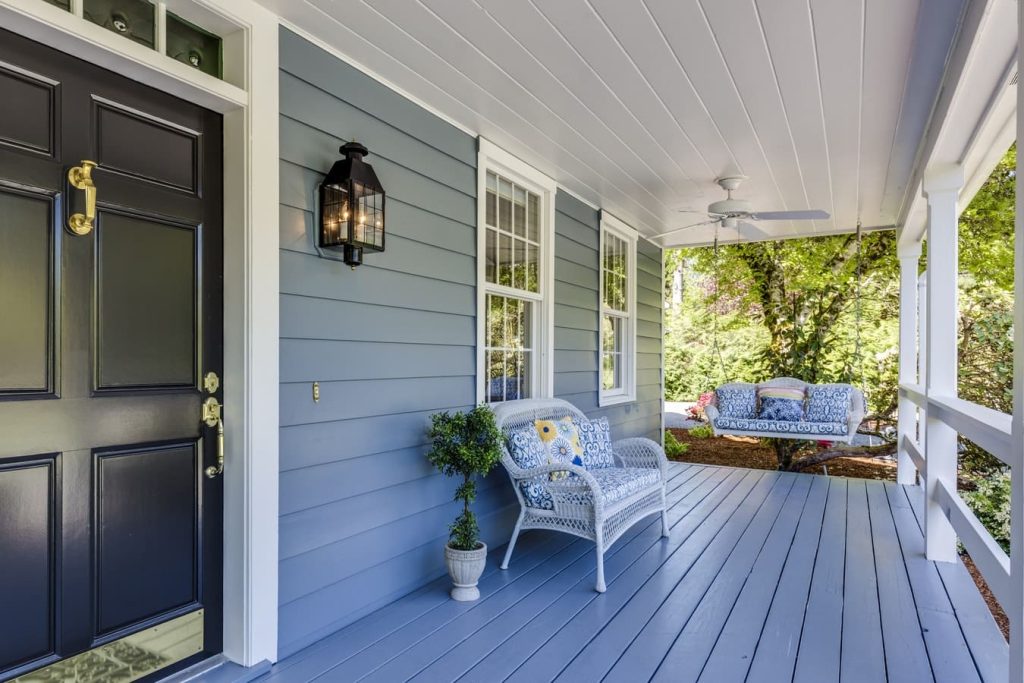
What is 3D Embossed WPC Decking?
3D embossed WPC decking belongs to a newer generation of composite materials. “WPC” stands for Wood Plastic Composite, and the “3D embossed” term refers to the advanced surface technology used to create deep, natural-looking textures on each plank.
Instead of a flat or lightly brushed surface, 3D embossed WPC boards feature realistic wood grain patterns that are pressed into the material during production. The result is a deck that not only looks like wood — but also feels like it.
Some manufacturers, such as Hosung, produce high-quality 3D embossed decking designed for long-term outdoor performance. These boards are often double-sided, with one side featuring a deep embossed wood texture and the other offering a more subtle finish, giving homeowners flexibility in design.
Key Characteristics:
Wood-plastic composite material with advanced 3D surface embossing
Deeper texture, more realistic wood appearance
Excellent scratch and fade resistance
High slip resistance (especially when wet)
More natural and varied look than traditional composite surfaces
Because of these benefits, many homeowners find 3D embossed WPC decking to be a visually superior and more tactile alternative to traditional capped composites.
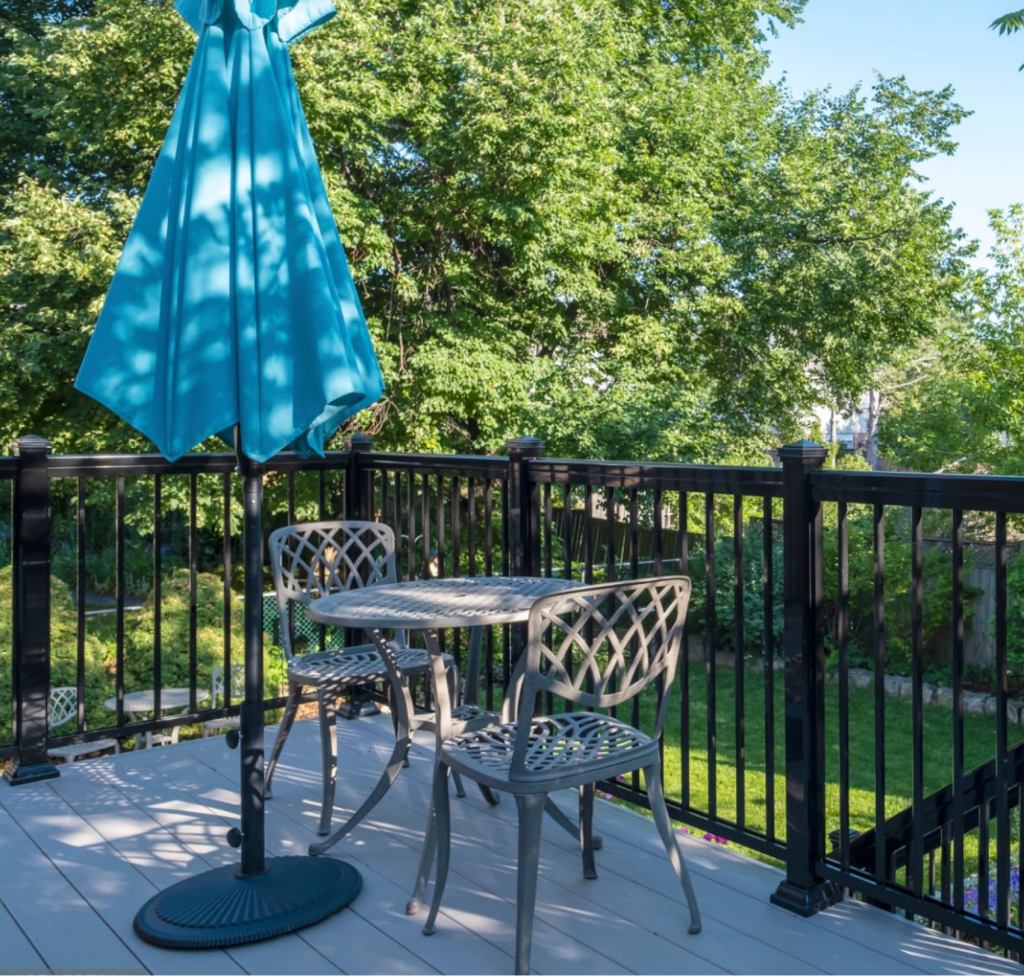
Material Composition and Technology
Both duralife decking and 3D embossed WPC decking are composite materials, but the differences in their manufacturing processes can lead to distinct results.
| Feature | DuraLife Composite Decking | 3D Embossed WPC Decking |
|---|---|---|
| Core Material | Wood fibers + recycled plastic | Wood-plastic composite (often higher wood ratio) |
| Surface Finish | Smooth or lightly textured cap | Deep 3D wood grain embossing |
| Manufacturing Process | Co-extrusion with outer cap | High-temperature embossing on both sides |
| Color Variations | Limited, more uniform tones | Rich, natural variations and patterns |
| UV & Fade Resistance | Good | Excellent, especially in darker colors |
| Overall Appearance | Clean and consistent | Realistic and organic |
The embossing technology is what truly sets 3D embossed WPC apart. Using precision molds and high pressure, manufacturers imprint natural grain patterns that don’t fade quickly or wear away with use.
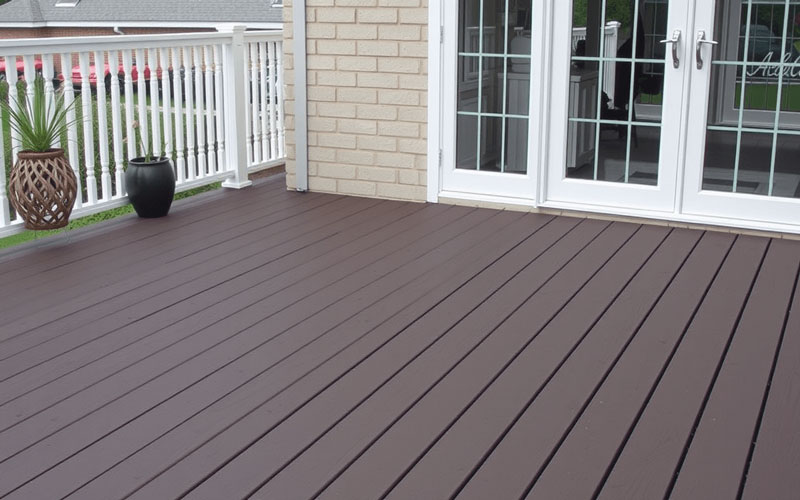
Aesthetic Appeal and Texture
When it comes to appearance, aesthetics play a huge role in your final choice.
Duralife composite decking typically features a smoother, more uniform surface. It has a clean, contemporary appearance that suits minimalist designs or modern homes. The colors are stable, and the finish provides a consistent look throughout the deck.
3D embossed WPC decking, on the other hand, stands out with its natural wood feel. The grain patterns are deeper and vary slightly from board to board, mimicking the irregularities of real wood. This gives your deck a more authentic and organic look.
If you enjoy the texture and warmth of natural timber but don’t want the maintenance, 3D embossed decking is likely to appeal more to you.
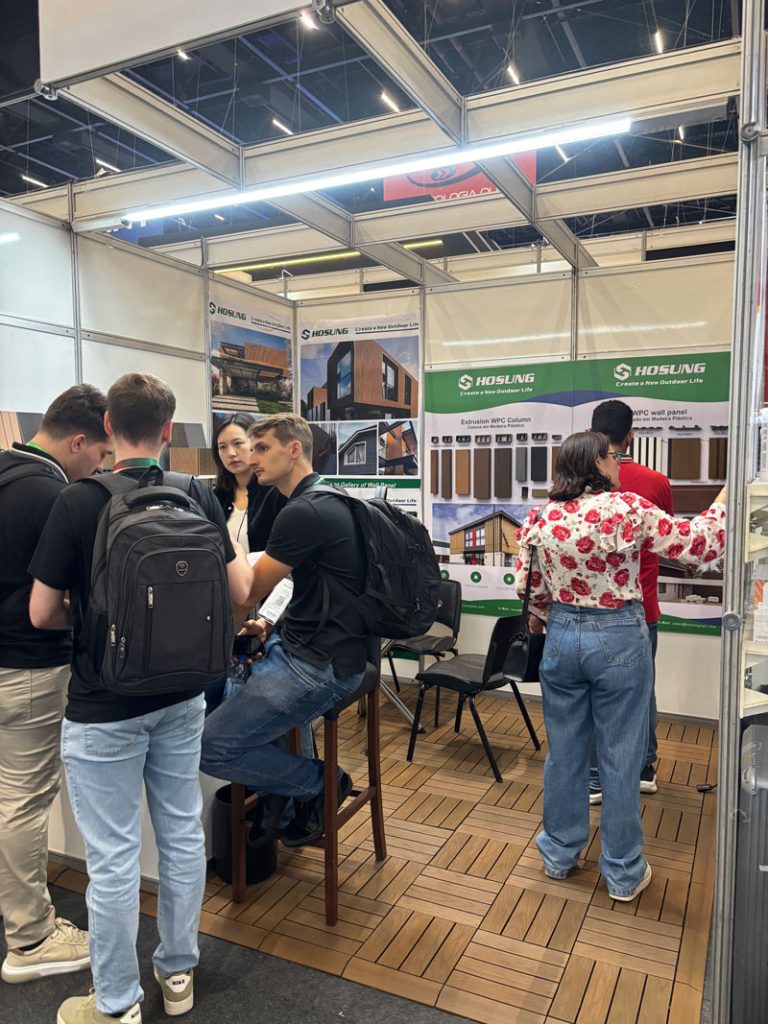
Durability and Weather Resistance
Decking is an outdoor product exposed to sunlight, rain, temperature fluctuations, and even snow. Durability is therefore one of the most important factors to consider.
Duralife decking is built to resist rot, mildew, and moisture absorption. The capping layer helps prevent surface staining and fading over time. However, flat-capped boards may show minor surface scratches after years of heavy use.
3D embossed WPC decking, with its denser structure and embossed surface, often performs better against wear and tear. The deeper wood grain not only enhances appearance but also helps disguise small scratches or scuffs that would stand out on smoother boards. Furthermore, some premium WPC boards are co-extruded with a protective shell that resists color fading even under strong sunlight.
In hot, humid, or rainy climates, the slip-resistant and water-repellent qualities of 3D embossed boards make them particularly appealing for pool decks and garden terraces.
Maintenance and Cleaning
Both materials are much easier to maintain than natural wood, which requires regular sanding, staining, and sealing.
Duralife composite decking: Maintenance typically involves washing with mild soap and water to remove dirt, pollen, or debris. Since the surface is smooth, cleaning is straightforward.
3D embossed WPC decking: Thanks to its anti-stain and anti-fade properties, it also requires minimal upkeep. The 3D texture may collect a little more dust or debris in its grooves, but simple brushing or rinsing usually solves the problem.
Neither material needs painting, sealing, or oiling — saving you time and long-term costs.
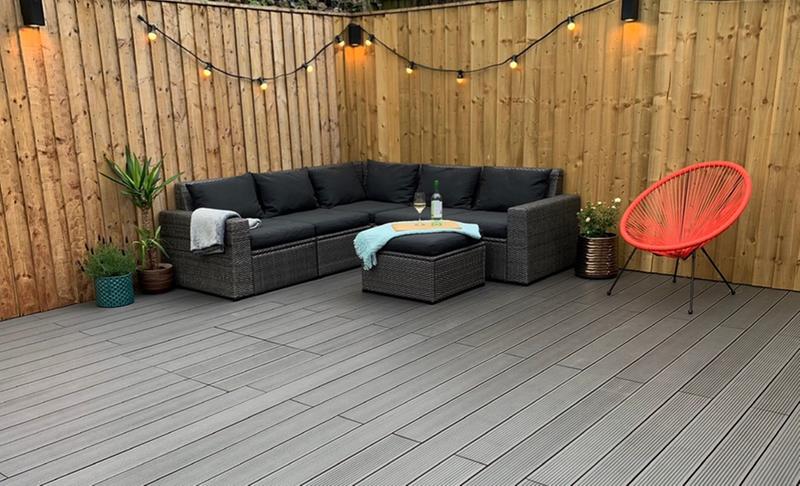
Environmental Considerations
Modern homeowners often prefer eco-friendly building materials. Both duralife composite decking and 3D embossed WPC decking use recycled wood and plastic, helping to reduce landfill waste and minimize environmental impact.
However, many WPC manufacturers, such as Hosung, use up to 95% recycled material in production, which makes 3D embossed WPC decking an especially sustainable choice. Moreover, the longevity of these boards reduces replacement frequency, further lowering the carbon footprint over time.
Cost Comparison
Cost is another important factor in any decking project.
Duralife composite decking is generally priced in the mid-to-upper range of composite products. You pay for the combination of performance and brand reputation.
3D embossed WPC decking tends to be more competitively priced while still offering high-end visual appeal and durability.
Although initial prices may vary depending on size, color, and installation area, many homeowners find that 3D embossed decking delivers better value per square meter, especially when factoring in the realistic wood look and low maintenance costs.
Installation and Workability
Both decking options can be installed using standard tools and concealed fasteners. They are designed for ease of use by both professionals and experienced DIY enthusiasts.
Duralife decking boards are known for being lightweight and easy to handle. They typically feature grooved edges compatible with clip systems.
3D embossed WPC decking may be slightly denser, offering a sturdier feel underfoot. It can also use the same hidden fastener systems, creating a smooth, nail-free surface.
Because of their precise manufacturing, 3D embossed boards tend to maintain uniform dimensions, which helps achieve tight, even joints during installation.
Color Options and Design Flexibility
Color is a major factor in achieving the outdoor aesthetic you want.
Duralife composite decking colors are often inspired by natural wood tones — from light cedar and oak to deeper shades like walnut or slate gray. These options suit a variety of architectural styles, but they usually maintain a uniform color pattern.
3D embossed WPC decking, in contrast, offers richer tonal variations. The embossing process can incorporate multiple hues in a single board, producing a multi-chromatic effect similar to real wood planks. Some products even allow reversible installation, giving you two surface designs in one board.
With this flexibility, homeowners can mix patterns, alternate colors, or create unique layouts that enhance visual depth in the deck space.

Slip Resistance and Safety
Outdoor decks often get wet — from rain, pool water, or morning dew — making slip resistance a crucial safety factor.
While both duralife decking and WPC boards meet general safety standards, the 3D embossed surface provides a stronger grip, especially in wet or humid conditions. The textured grain pattern not only adds realism but also enhances traction, reducing the risk of slipping.
For homes with children, pets, or swimming pools nearby, this can be a significant advantage.
Lifespan and Warranty
Composite decking is known for longevity, and both materials perform well when properly installed.
Duralife composite decking typically comes with a warranty of around 25 years for residential use, covering structural integrity and fade resistance.
3D embossed WPC decking can also last 20–30 years depending on manufacturer and maintenance. Many suppliers, including companies like Hosung, provide long-term warranties that reflect confidence in the product’s performance.
Over time, both types of decking resist cracking and warping far better than traditional wood. However, the deeper texture of 3D embossed boards can help maintain their appearance longer by hiding signs of wear.
Real-Life Applications
Both decking types are versatile enough for various outdoor spaces:
| Application | Duralife Composite Decking | 3D Embossed WPC Decking |
|---|---|---|
| Backyard decks | ✓ | ✓ |
| Pool surrounds | Good | Excellent (anti-slip) |
| Balconies and patios | ✓ | ✓ |
| Public spaces / cafes | Moderate | Excellent (durable & realistic look) |
| Walkways or garden paths | ✓ | ✓ |
If your project prioritizes aesthetic authenticity and slip resistance, 3D embossed decking often delivers better results, especially for poolside and garden environments.
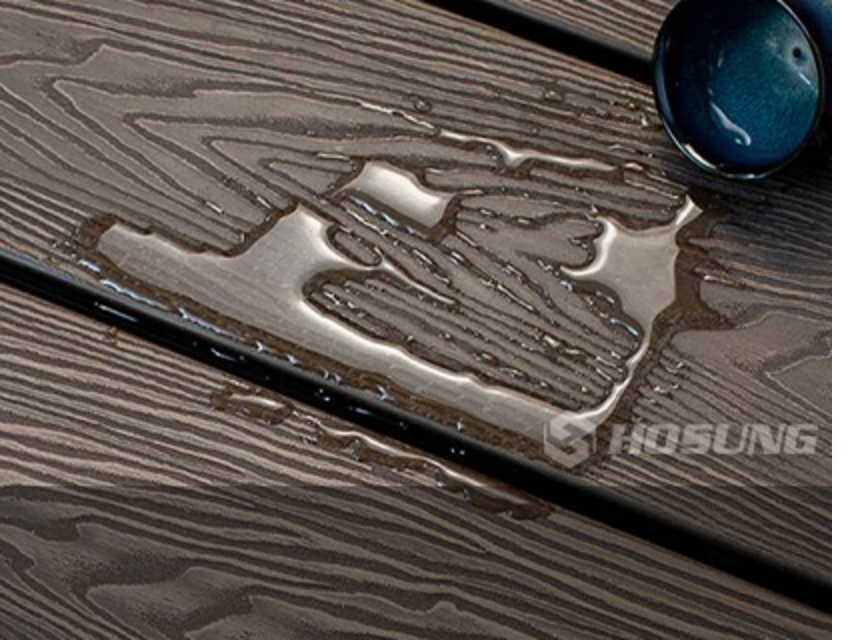
Why Homeowners Are Switching to 3D Embossed WPC Decking
While duralife composite decking remains a trusted choice, many homeowners are now gravitating toward 3D embossed WPC decking for several reasons:
Realistic Wood Feel – The deep embossing technology creates a tactile surface nearly identical to natural timber.
Enhanced Durability – Advanced co-extrusion protects against UV, stains, and color fading.
Eco-Friendly Production – High recycled content and long lifespan make it an environmentally responsible choice.
Better Value – You get a premium look without paying premium-brand prices.
Customization – Available in multiple colors, grains, and finishes for unique outdoor design possibilities.
Manufacturers such as Hosung offer 3D embossed decking lines that cater to different climates and design preferences, giving homeowners flexibility and peace of mind.
Choosing Between DuraLife Decking and 3D Embossed WPC Decking
Your final choice depends on what you value most:
If you prefer a simple, clean, and uniform look, duralife composite decking might be ideal for you. It’s reliable, low-maintenance, and suitable for contemporary homes.
If you want a natural wood aesthetic, richer texture, and higher slip resistance, 3D embossed WPC decking will likely suit your vision better. It brings warmth and authenticity to any outdoor space without the burden of high maintenance.
Whichever you choose, both materials are a step up from traditional wood decks — offering long-term beauty, comfort, and performance.
Final Thoughts
In the debate of DuraLife Composite Decking vs 3D Embossed WPC Decking, there’s no single “best” option — only the one that fits your personal style, budget, and maintenance expectations.
However, if you dream of a deck that combines realistic wood texture, environmental sustainability, and exceptional durability, then 3D embossed WPC decking deserves serious consideration. It reflects the latest advancements in composite technology and offers a timeless, natural appeal that enhances any outdoor living area.
As outdoor spaces continue to evolve into functional extensions of the home, the right decking material can make all the difference. Whether you choose duralife decking or the newer 3D embossed WPC decking, your investment will reward you with years of comfort, beauty, and outdoor enjoyment.

